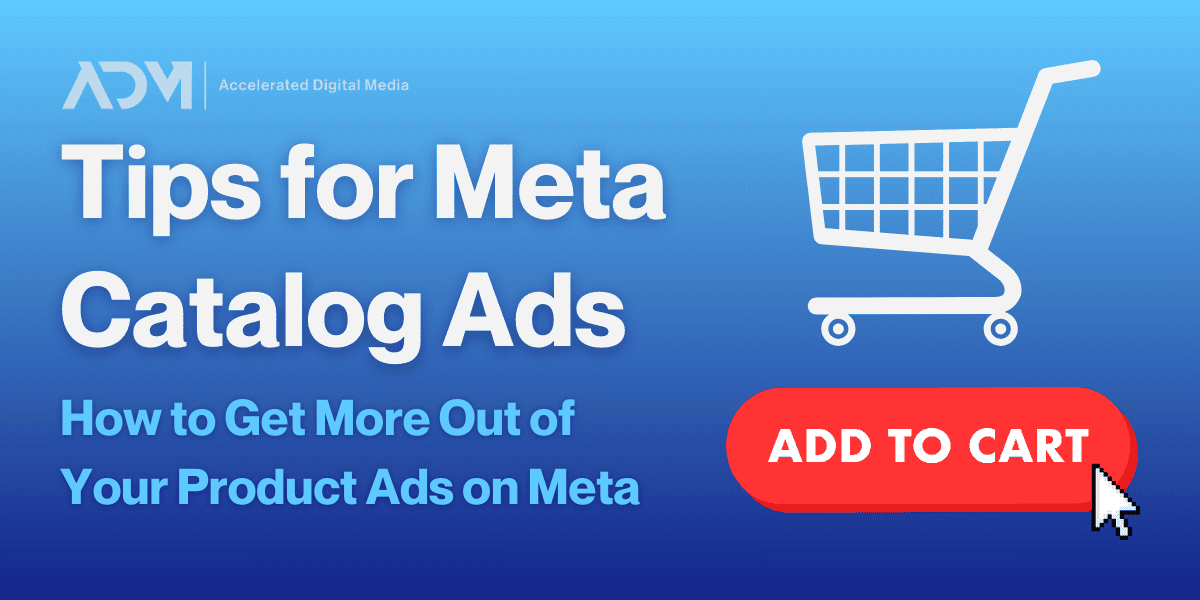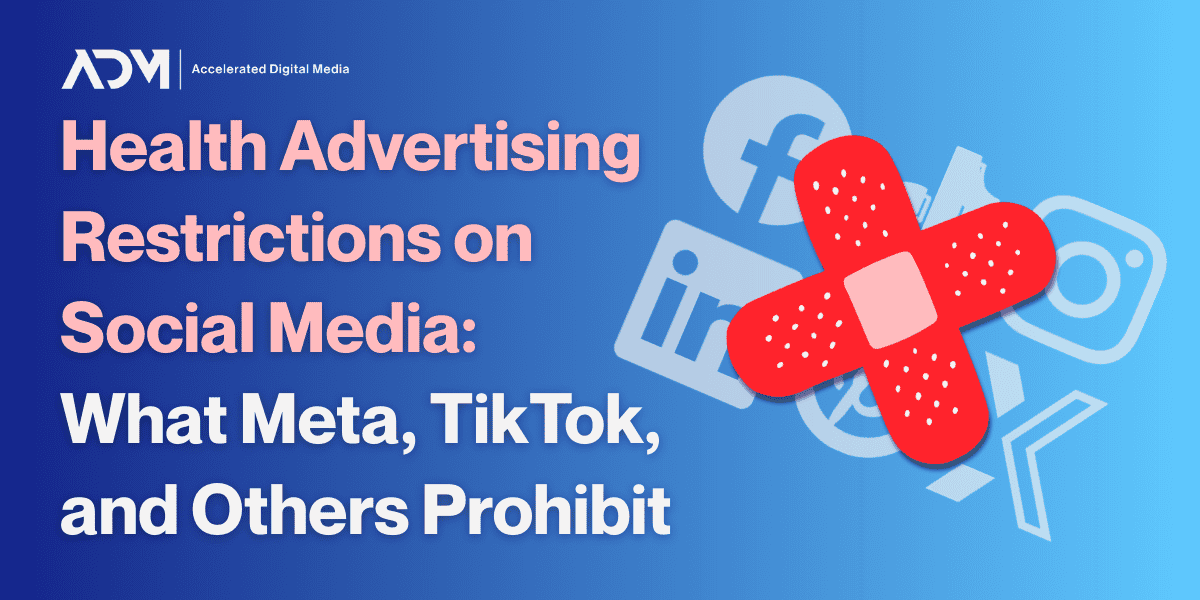As Amazon continues to dominate the eCommerce market, we’re seeing a greater merge between retail and paid media, most notably within social. While organic and paid social continue to break into the eCommerce space, it’s no surprise that Walmart joined Microsoft in the bid to acquire the China-based social media platform, TikTok. While additional platforms like Facebook and Instagram also announce more shopping features within their apps, it’s becoming more clear that social and retail platforms are in a race to catch up to Amazon in the eCommerce space. Here are some recent efforts in the social and retail space to compete with Amazon, and 3 things you can do for your business to keep up in the social commerce space.
3 Things Businesses Can Do to Keep Up with Social eCommerce
In August, Walmart expressed interest in partnering with Microsoft on a bid for TikTok. Although Microsoft’s bid was rejected yesterday, Walmart followed with a brief announcement stating the company still has interest in a TikTok investment. However, Oracle confirmed this morning that it has won the bid to be TikTok’s “trusted tech partner” in the U.S.
If Microsoft had won the TikTok bid, this would have drawn a bridge for both Microsoft Ads (i.e. Bing Ads) and Walmart’s eCommerce to TikTok’s social data. However, it’s still possible Walmart may be able to cross this bridge into social commerce, as Walmart’s continued interest in TikTok supports the retailer’s need to penetrate the Gen-Z market early as the generation begins to enter its highest consumption phase. It’s likely Walmart will navigate a TikTok partnership or agreement separate from this initial Microsoft bid, allowing the retailer to break through soon into the platform as Gen-Z carries on their consumption habits onto other platforms.
Walmart also formally announced earlier this month they’re offering a new program called Walmart+. The biggest selling point for the membership is unlimited free delivery based on in-store prices on virtually any product sold at Walmart stores. This includes anything from tech and toys to groceries and household items. This new program launch is an effort to compete with Amazon Prime and Amazon Now delivery services and will include additional benefits like a payment option within their app and gas rewards.
Facebook and Instagram
Facebook recently announced a new section within their mobile app called “Shop,” similar to its partner app, Instagram. Although Facebook Shops started rolling out to small businesses and global brands in May, this is the first time Facebook is debuting a part in their app dedicated to social commerce. While the curated section of FB’s Shop section offers the option to “Buy Now,” the rest of the Shop section typically offers to view details of the item in-app, then “Checkout on Website.” FB’s curated sections like Clean Beauty and Easy Storage Solutions is a venture for Facebook to provide users a new way to discover and purchase easily without leaving the app.
What Businesses Can Do Now to Improve Social eCommerce Strategy
1. Utilize conversion rate optimization to enhance your shopping funnel
Ensure your site is already optimized for easy shopping, focusing on functions like fast loading times, easy payment options, mobile-friendly layout, and check out user interface.
QA your product catalog for accuracy and consistency, ensuring accurate, important product details are listed.
2. Ensure you have proper community engagement support on social media channels
Make sure your business page info is up-to-date and you’re moderating comments and messages to the business.
Once your community engagement checkpoints are covered, check your eligibility to set up a Facebook and Instagram Shop, then you can start setting one up.
3. Continue testing to maximize your media budget
If you’re selling products on eCommerce sites like Amazon or Walmart, explore your options to grow your paid media strategy.
Keep an eye on beta tests and emerging platforms, like TikTok, to be up-to-date on new social strategy offerings or tests.
Refine your social commerce strategy through continuous testing of audiences and ads are also key to ensuring you’re always reaching relevant audiences and are not running into creative fatigue.




